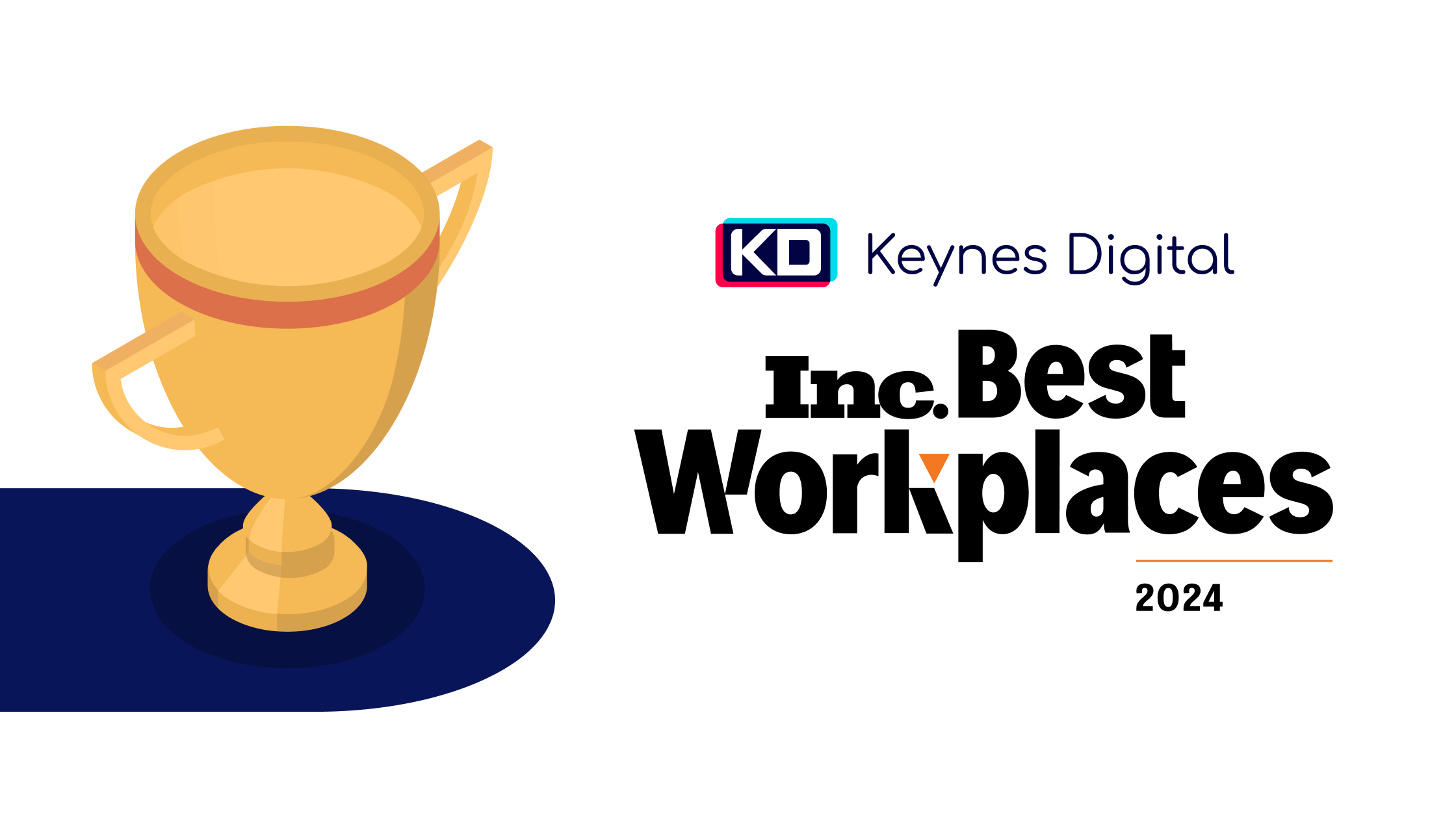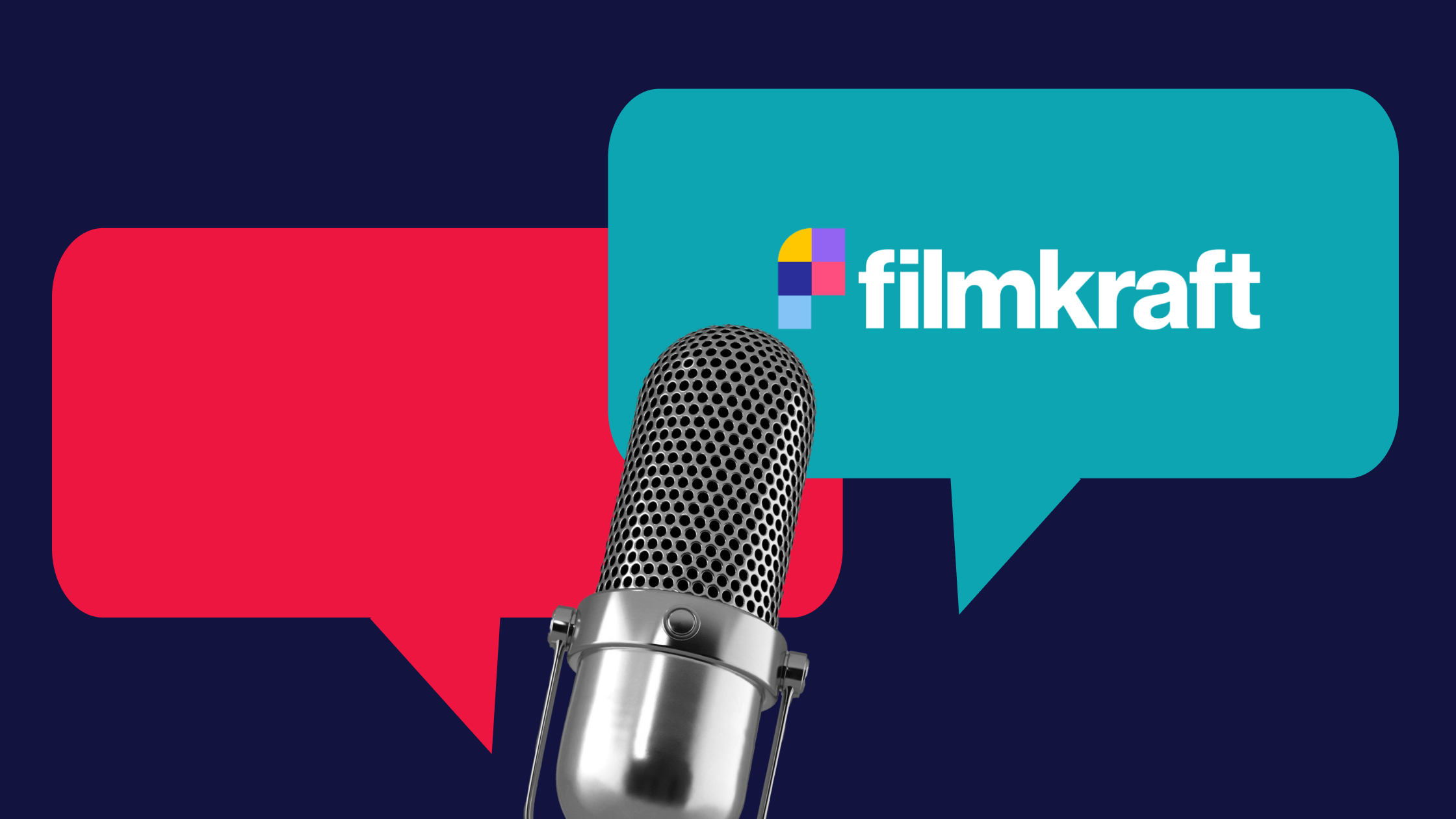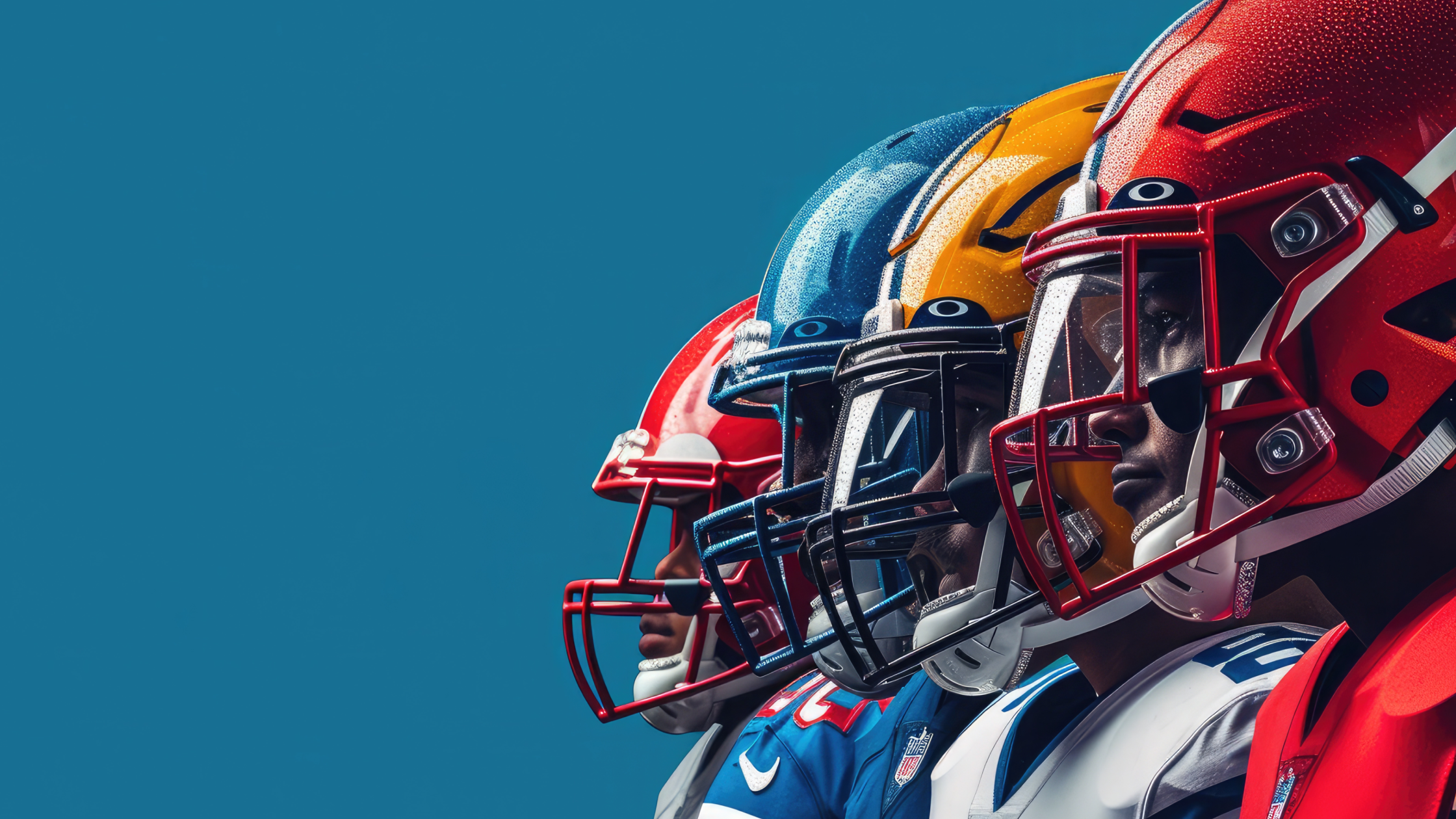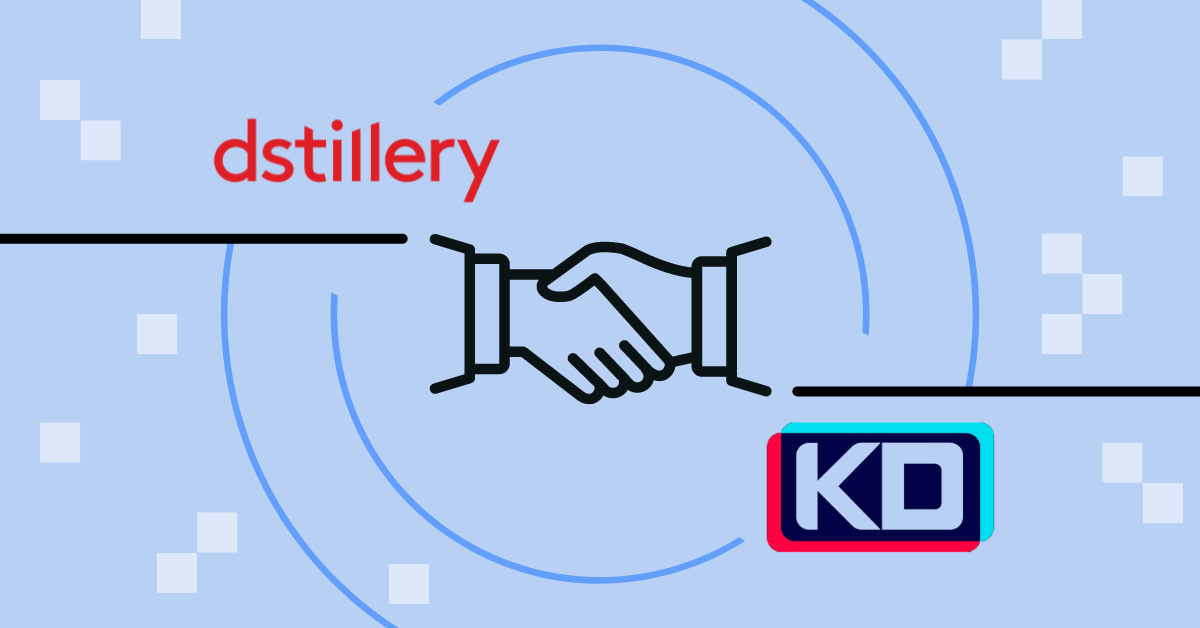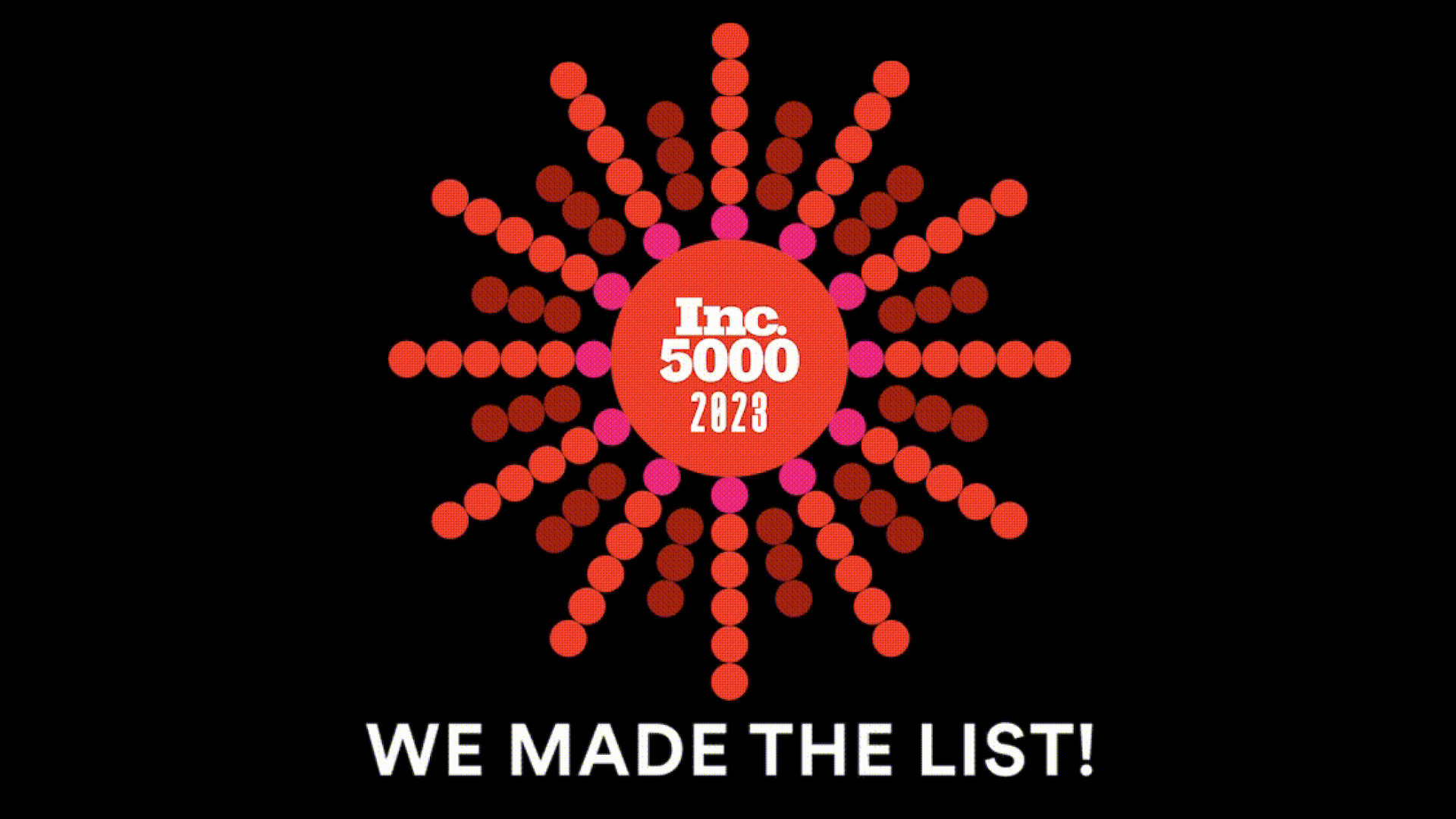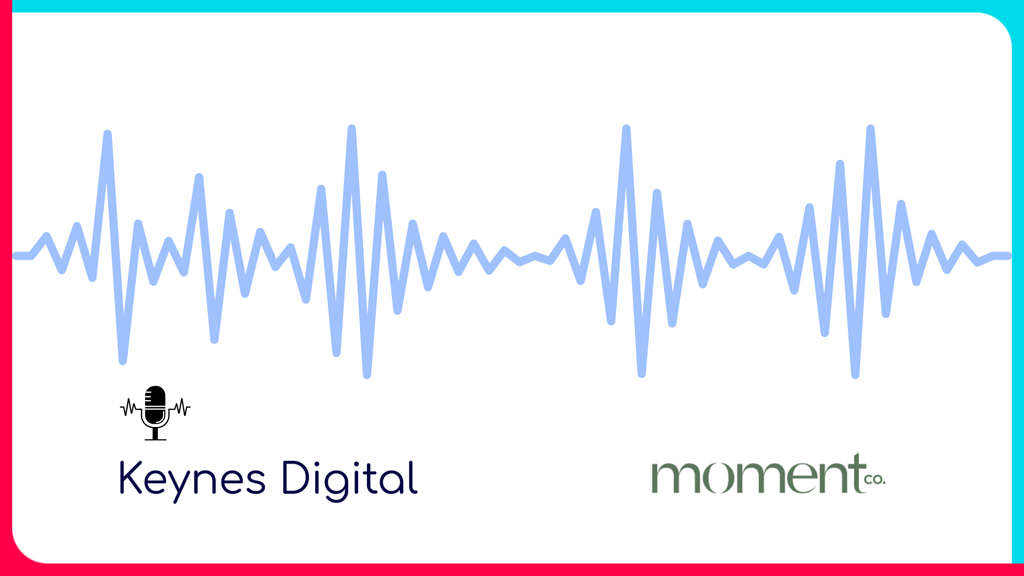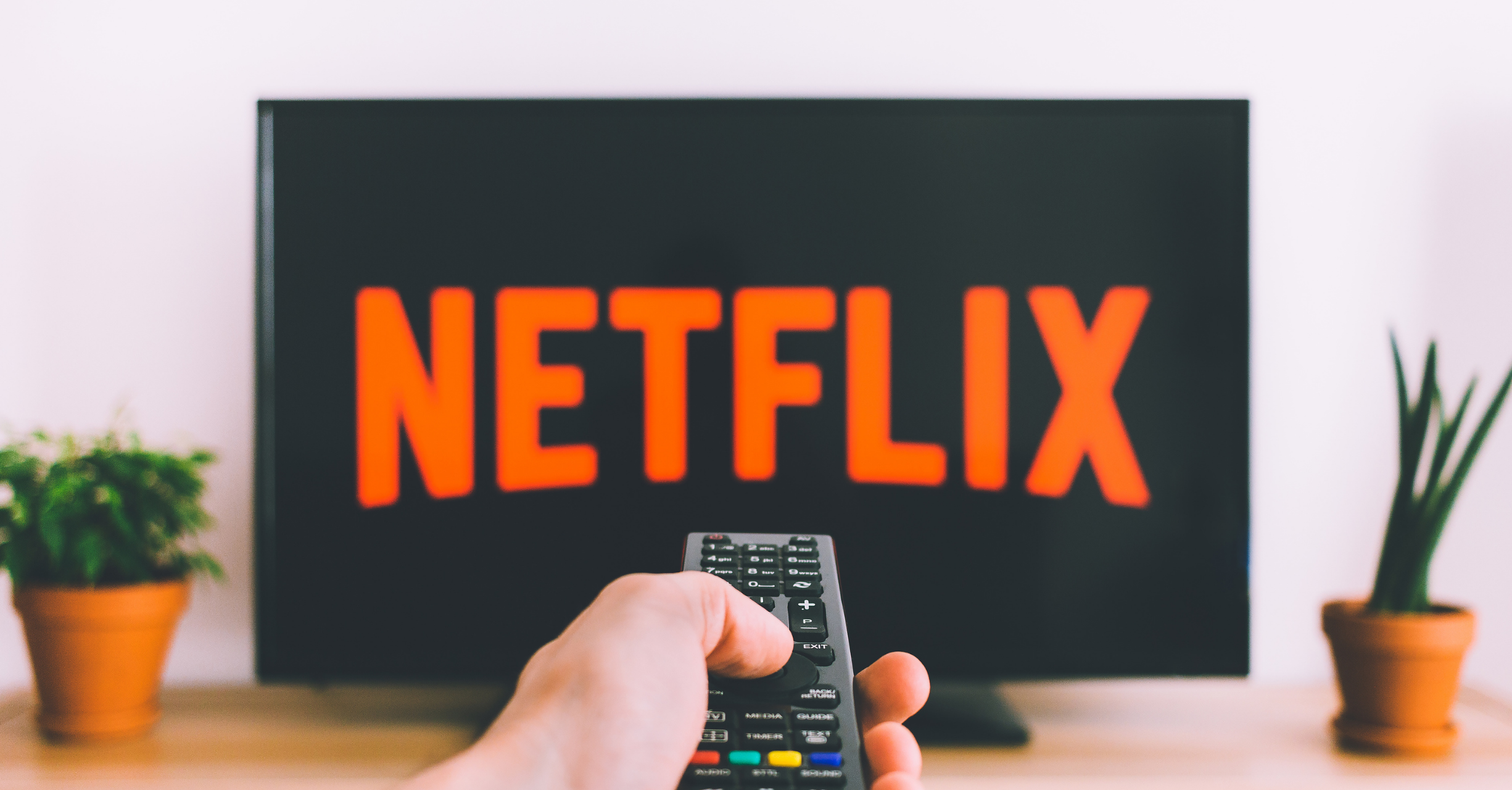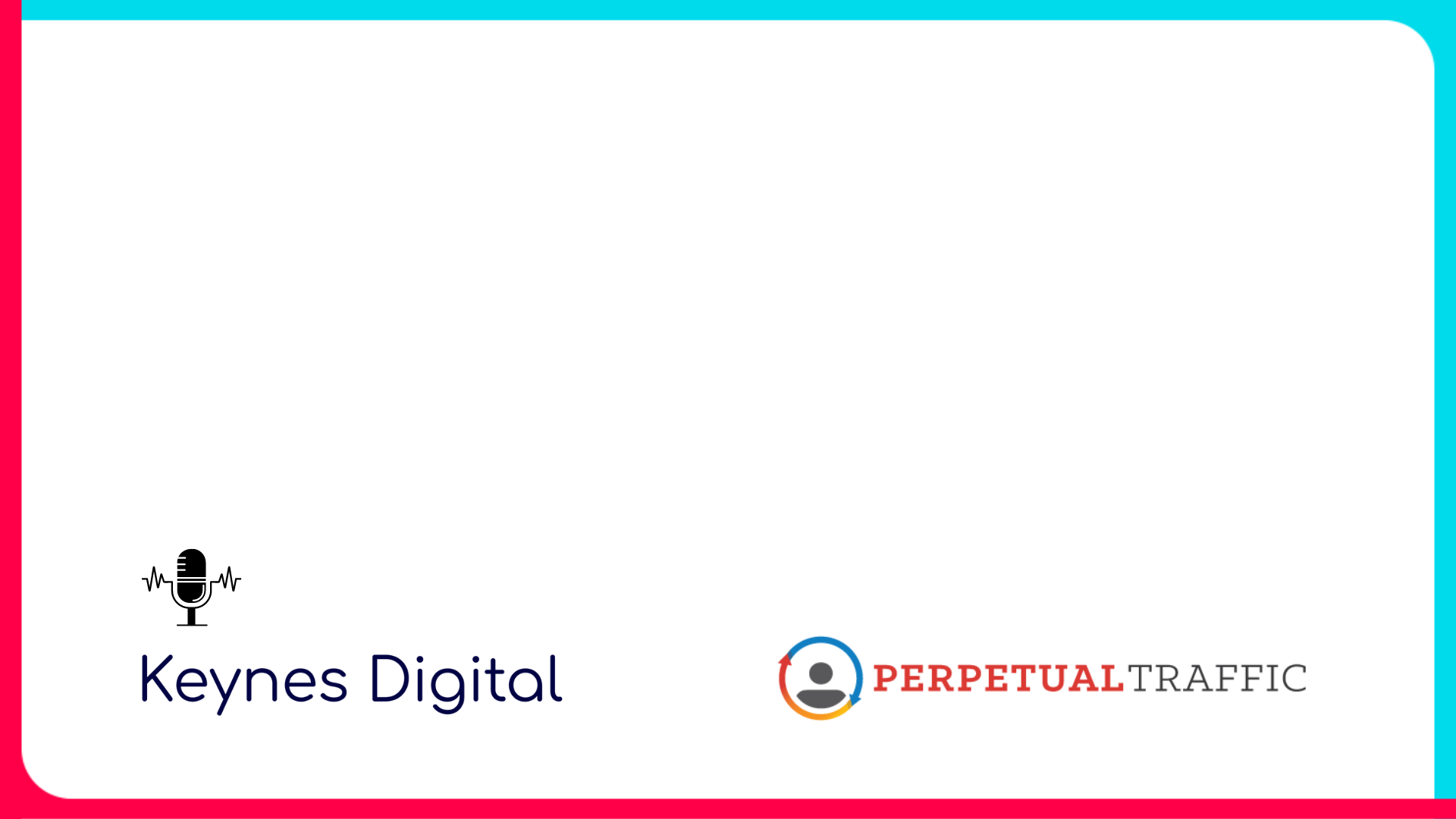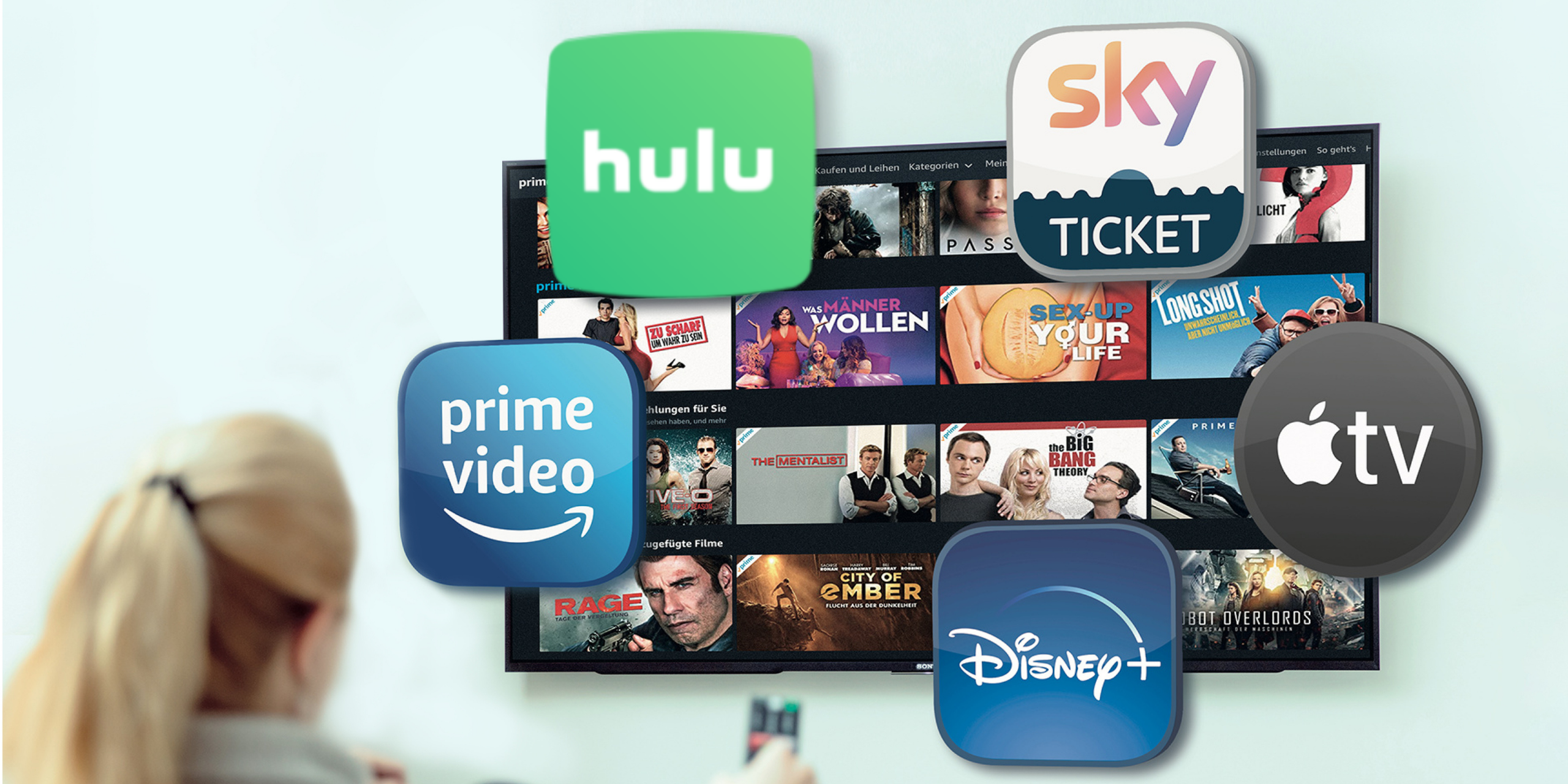Programmatic Advertising vs Direct Buying
What is programmatic marketing? To understand what programmatic advertising offers, look at the way advertising used to be bought and sold.
Traditionally, advertisers bought ad slots by directly negotiating with the parties that sold them. If a carmaker wanted air time on a national television network, there’d be phone calls and perhaps meetings, and eventually, the sides would make a deal. They’d agree on when ads would appear and how much they’d cost. That’s called direct buying.
In the early days of online advertising, the process was similar. That automaker might have gone to an online magazine that catered to car enthusiasts and bought display space on their website. That’s still direct buying.
Today advertisers have a choice between programmatic advertising vs direct buying. What is programmatic advertising? A programmatic advertising definition speaks to an automated process that uses Artificial Intelligence algorithms to match the requirements of the advertiser to available ad inventory. While the programmatic definition still includes a form of direct buying, most programmatic advertising is done through an automatic real-time bidding (RTB) process.
In programmatic, the marketer doesn’t talk directly to an advertising sales rep. Instead, they use a software interface called a Demand Side Platform, or DSP. Instead of requesting specific time slots on specific media, the advertiser describes the demographics of the audience they want to reach. They decide how many impressions they want, that is, how many times they want their ad to be viewed.
They upload their ad to the DSP. Often these are brief video clips that will be viewed before or during streaming content. For example, a user streams a movie on their tablet, and one of these advertisements comes up before the show runs. On the back end of the DSP, an ad exchanger places the ads as slots for them become available. These placements happen in milliseconds.
Is there a difference between programmatic vs direct response? Direct response refers to advertising where the customer is prompted to take action, for example, to click a button to buy, or visit the advertiser’s site to buy a new product. Direct response is more common in the programmatic world, but a direct response ad can be sold either directly or programmatically.
Programmatic Advertising
In programmatic advertising, the advertiser is buying impressions, or viewings, with a demographic for an audience rather than placement on a specific medium. How does programmatic advertising work? Here’s a brief summary of the RTB process in programmatic advertising explained.
There are two platforms connected to each other by an ad exchanger. On the buy side, advertisers, either directly or through the interface of programmatic advertising companies, use the demand side platform, or DSP, to enter their ads and the characteristics of the audience they want to reach. They can be extremely specific. Demographic programmatic advertising examples can be as hyper-targeted as “all Samsung users between the ages of 21 and 35 who visited auto sales sites in the last month.”
The sell side is called the supply side platform, or SSP. Here’s where those with ad slots to sell list the available inventory. The programmatic ad exchange connects the two platforms and runs an Artificial Intelligence system that assigns ads to slots. A carmaker who requested the age 21 to 35 demographic knows that their ad will be displayed only to those people they’ve identified as the best prospects.
What an advertiser doesn’t get, in programmatic advertising vs traditional, is guaranteed placement at a specific time and space. If their bid is too low or their demographic is too small, their ads may not be delivered at all. However, they can make adjustments to correct this. Also, the RTB process won’t get them any premium add slots that the supply side has held back for direct buying.
Programmatic Direct
Direct buying can happen in the old-fashion person-to-person model, or it can take place through a programmatic interface. So when people talk about direct vs programmatic advertising, they’re often looking at the difference between direct buying and auction-based programmatic trading such as programmatic RTB. Direct buying has certain characteristics whether it’s live or through a software interface.
Programmatic direct buying is the purchase of specific ad slots at a specific price. In direct programmatic advertising sales, the advertiser sees a digital list of available slots and chooses the ones they want to purchase. They might do this on the same DSP that they use for RTB auctions.
Programmatic direct buying has its advantages. There can be programmatic guaranteed trading, where the advertiser knows exactly what advertisements are going to be running as well as when and where. They know what the exact cost will be. Sometimes ad slot publishers don’t put their most desirable slots up for RTB, and the only way an advertiser can get them is through direct buying. If an advertiser is keen on appearing on a specific medium, direct buying can assure that spot is being filled.
Advertisers have limited control over programmatic direct buying. In some cases, in order to be placed on a specific medium an advertiser must make a separate purchase for each ad to appear. And in other cases, it is hard to modify ads once they start to run. For instance, an advertiser may submit their ad campaign through RTB which provides feedback to tweak the campaign for better effectiveness. Advertisers may consider programmatic direct buying just not as fast or as flexible as programmatic RTB by having to go through a publisher to adjust.
What’s the difference between programmatic direct vs programmatic guaranteed? The terms are often used interchangeably, but there is a slight distinction. In programmatic guaranteed vs direct, programmatic direct can be non-guaranteed as well as guaranteed.
Guaranteed or not, programmatic overall has endless advantages over traditional person-to-person direct buying. Programmatic is the best way to collect the most effective insights in the smallest amount of time. It’s quicker and creates ease for advertisers to rely on technologies to work automatically.
Programmatic Media Buying
A good programmatic media buying definition is this: it’s the use of technology to facilitate the buying and selling of online advertising in real-time. People generally use the terms “programmatic media buying” and “programmatic advertising” interchangeably.
There are three basic types of programmatic advertising sales:
1. Real-time Bidding (RTB)
Real-time bidding (RTB) is what most people think of when they think of programmatic. This is where a programmatic ad exchanger matches advertisements on a DSP to ad slots on DSP. Prices and specific assignments are assigned by an AI routine, and any advertiser can participate.
2. Programmatic Direct
Programmatic direct is a form of direct buying done through programmatic media buying platforms. In this model, the suppliers list their available slots and prices, and the advertiser selects the ones they want to purchase.
3. Private Marketplace (PMP)
A private marketplace (PMP) is a programmatic buying process with programmatic advertising platforms similar to RTB. However, it’s not open to all comers. Participation is for selected advertisers by invitation only.
In any of these programmatic scenarios, there are many types of advertisements that can be purchased. The most significant are Connected TV video ads that are attached to streaming content. Customers who have “cut the cord” and are no longer watching linear TV are a prime audience for these ads. These streaming media include TV shows, movies, and other content viewed on Connected TV and on other devices such as laptops, tablets, and phones.
Advertisers can also reach potential customers with programmatic Display advertising. This includes banners, text, pictures, and videos that appear on various websites. Marketers can place paid Display ads on websites that contain content related to their business. Display ads were among the first online ads to be sold by direct buying, but today an increasing percentage of these are sold through programmatic media buying.
The most commonly compared programmatic media buying channels are Display ads vs social media ads. Many even align paid social vs Display with paid social vs programmatic. Yes, both can be purchased programmatically and appear prominently in front of today’s potential customers. However, social platforms can have limited and inaccurate advertising opportunities by not being able to offer the real-time bidding that you can find on other programmatic platforms.
Neither paid search vs paid social can match the overall effectiveness of a thorough and integrated campaign using all channels available through programmatic advertising. A combination of Connected TV, Display ads, Programmatic Video and Programmatic Audio offers a wider, yet more specific reach and builds brand equity for a brand name. These channels present ad messages in various formats delivered on all devices and take those learnings to optimize towards even more effective marketing.
Industry Expert Insights
We are your high-touch, performance-focused streaming TV and programmatic advertising partner. Our team of experts and a one-of-a-kind data-driven platform connects you to the best streaming TV marketing strategies.


